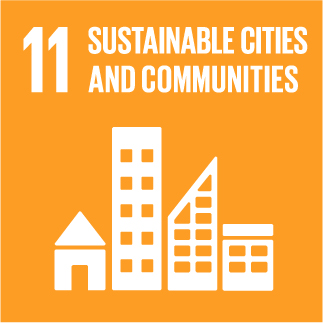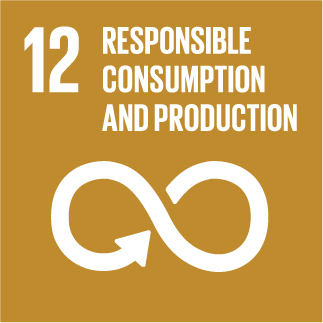Integrated manufacturing of REciclable multi-material COmposites for the TRANSport sector
MXene Membrane as Multifunctional Interface for Vapor Splitting via Photothermal?Catalytic Membrane Distillation
A multifunctional MXene?based membrane integrates photothermal evaporation and photocatalytic vapor splitting in a sweeping?gas membrane distillation (PTC?SGMD) platform, simultaneously generating freshwater and hydrogen. The SrTiO3/MX@PVDF interface leverages broad?spectrum solar absorption, efficient heat/mass transfer, and gas–solid catalysis to achieve high flux, robust H2 production, and long?term stability, highlighting a sustainable water–energy solution.Advancements in solar?driven processes are fundamentally transforming the production of freshwater and energy into a more sustainable manner. Realizing such potential requires developing highly efficient solar responsive materials and advanced solar systems. Here, an MXene?based membrane is reported as a multifunctional interface capable of simultaneously producing freshwater and hydrogen through a strategically designed photothermal?catalytic sweeping gas membrane distillation (PTC?SGMD) system. By leveraging membrane interface engineering, the innovative design integrates solar evaporation, vapor transportation, and vapor splitting within a single membrane. Unlike conventional liquid–solid systems, this liquid–solid–gas configuration overcomes photocatalyst leaching, interfacial heat loss, and inefficient mass transfer. The multifunctional membrane exhibits enhanced solar absorption and optimal permeability, enabling the MXene?photocatalyst composite to achieve efficient photocatalytic vapor splitting. Remarkably, the optimized SrTiO3/MX@PVDF membrane achieves a simultaneous water flux of 2.37 kg m?2h?1 and hydrogen production of 947.8 µmol m?2h?1 under 1 sun irradiation. The PTC?SGMD system demonstrates total solar efficiency of 92.305% with outstanding stability over 72 h of continuous operation. This innovative approach offers a scalable solution to global water scarcity and energy challenges.

» Publication Date: 17/11/2025

This project has received funding from the European Union's Horizon 2020 research and innovation programme under grant agreement Nº 768737


